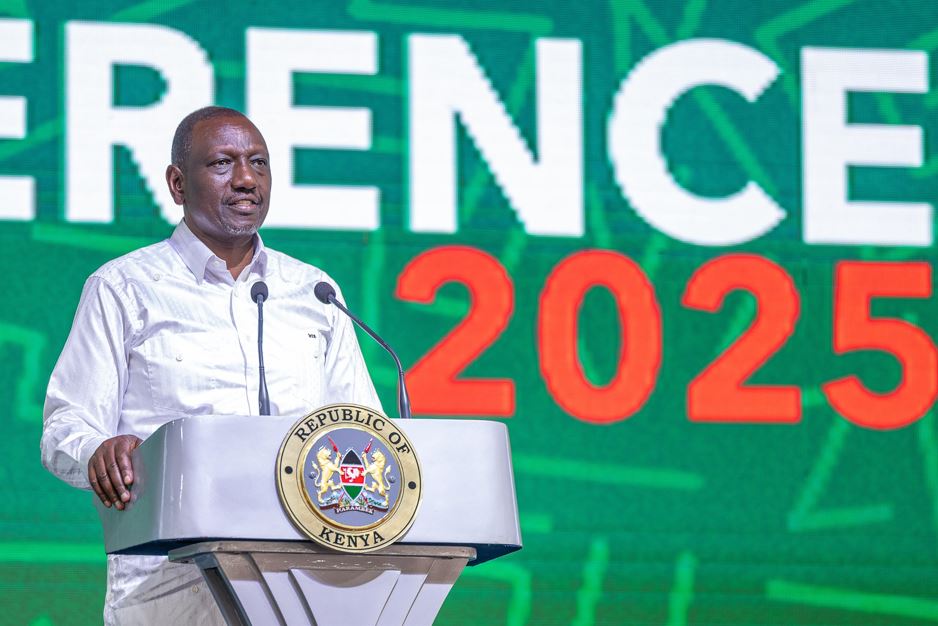Kenya’s mobile money agents drop by 4.8 per cent as customers go fully digital

This trend comes as more customers shift to fully digital solutions, including app-based payments and automated kiosks, which perform many functions traditionally handled by agents.
The number of mobile money agents in Kenya dropped by 4.8 per cent in the year ending December, driven by the growing use of automated digital payment platforms that reduce the need for human intermediaries.
According to the Central Bank of Kenya (CBK), while mobile money transactions and volumes increased sharply, the total count of agents who serve as payment points fell for the second consecutive year.
More To Read
- CBK cuts lending rate to 9.5 per cent in seventh straight easing move
- Kenyan shilling holds steady at 129 against the dollar for a year
- Two men charged over possession of dozens of national ID Cards, hundreds of SIM cards
- Kenyan banks tighten oversight of third-party tech firms amid rising cyber threats
- CBK targets rogue lenders with new draft regulations, seeks public feedback
- Borrowers exposed to costly loans despite banks cutting interest rates by one per cent
The number of active agents declined by 2,134, from 44,492 in 2023 to 42,358 in 2024.
This trend comes as more customers shift to fully digital solutions, including app-based payments and automated kiosks, which perform many functions traditionally handled by agents.
“The growth in mobile money transactions was accompanied by a rationalisation of agents, reflecting changes in customer behaviour and technology adoption,” says the CBK in its latest Payments System Report.
Despite the decline in agents, mobile money transaction value rose by 18 per cent to Sh7.6 trillion, and transaction volume grew by 12 per cent to 1.2 billion.
Digital wallets and automated payment terminals are increasingly replacing cash-based transactions at retail outlets, reducing the dependence on agents who traditionally facilitated deposits, withdrawals, and transfers.
Agents also help customers with SIM card registration, account opening, and troubleshooting, but many of these services are now accessible through mobile apps.
The CBK notes that while agent numbers have shrunk, the number of active mobile money subscribers rose to 45 million, showing that many users prefer direct digital interactions without the need for in-person agent visits.
The regulator says this shift is part of a broader move towards a cash-lite economy, which supports faster, safer, and more efficient financial services.
A survey by CBK reveals that mobile money platforms are also increasing the use of artificial intelligence and machine learning to enhance security, detect fraud, and personalise customer experience.
These technologies reduce manual processes that agents previously handled. Mobile network operators report that digital channels have “boosted efficiency and reduced operational costs,” allowing banks and telecoms to focus on innovation and customer engagement.
The decline in agents is expected to continue as Kenya’s digital payment ecosystem matures. Global trends forecast similar outcomes in other markets where mobile money is prevalent.
The World Bank has highlighted that while agents remain important for financial inclusion in rural and underserved areas, urban users are rapidly adopting automated payment options, reshaping the role of agents in the financial system.
Top Stories Today














































